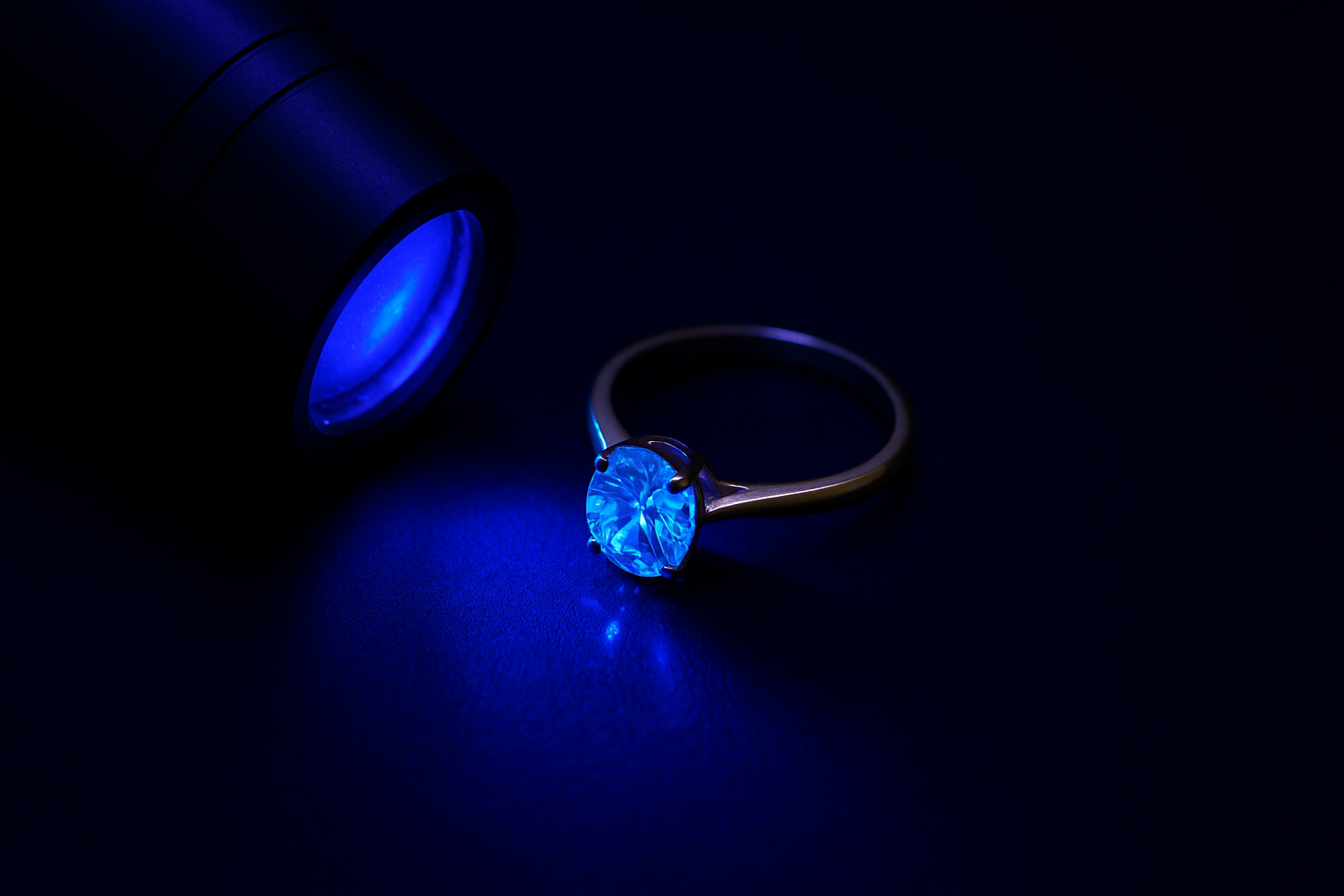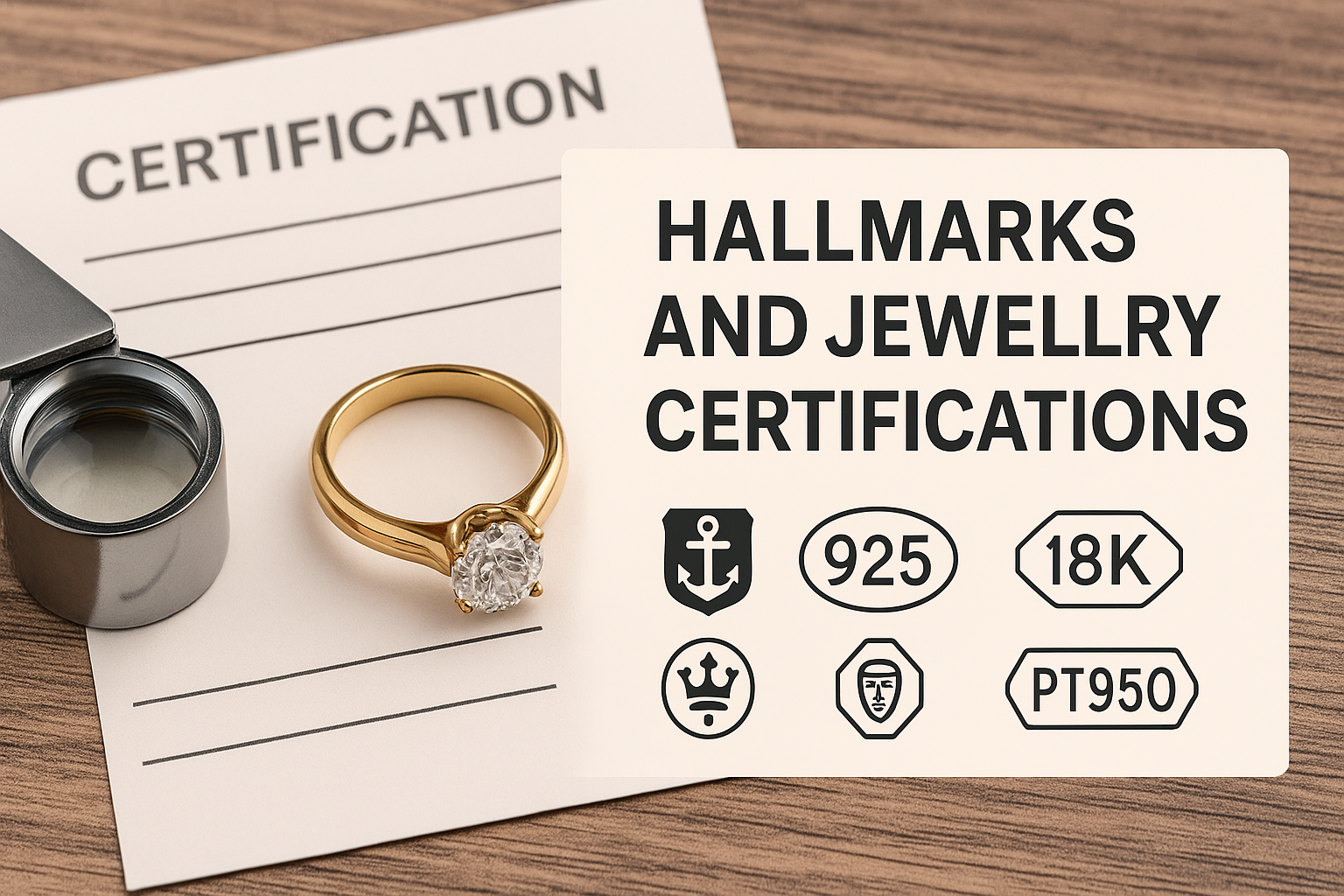In today’s digital age, online shopping has become a convenient avenue for many Ugandans seeking to purchase jewelry.
However, with the rise of e-commerce, there’s an increasing risk of encountering counterfeit jewelry that not only deceives consumers but also poses potential health risks due to substandard materials.
To safeguard your investments and ensure authenticity, it’s crucial to be equipped with the right knowledge when shopping online and Spot fake jewelry

Counterfeit jewelry is designed to imitate genuine pieces but is often crafted from low-quality, inferior materials.
For instance, instead of solid gold, counterfeiters frequently use gold-plated metals, which have only a thin layer of gold over a base metal.
This results in a piece that might look like gold but lacks the same longevity and value. Similarly, fake jewelry often includes synthetic stones, such as cubic zirconia, that are used to replicate the sparkle of genuine diamonds.
While these materials may appear convincing at first glance, they cannot match the durability, brilliance, or market worth of authentic jewelry spot fake jewelry When shopping for jewelry online in Uganda, it’s essential to remain vigilant and understand these differences.
By recognising the characteristics of fake jewelry, you can avoid falling victim to deceptive practices and ensure you’re investing in authentic, high-quality pieces.
When buying jewelry online, conducting thorough research on the seller is one of the most effective ways to spot fake jewelry.
This helps ensure you’re dealing with a reputable source and increases the likelihood of receiving authentic pieces. Here’s how you can evaluate a seller’s credibility:
Check Reviews and Ratings
Platforms like Jumia Uganda and other e-commerce sites often provide customer reviews and ratings for sellers. Take the time to read these reviews carefully, paying close attention to any feedback that mentions product authenticity.
Consistently negative reviews or complaints about counterfeit jewelry should raise a red flag. Positive reviews that highlight satisfied customers and verified purchases can help you make a more informed decision.
Verify Contact Information
Legitimate sellers make it easy to reach them by providing clear contact details. Look for a physical address, a working customer service number, and a professional email address.
If this information is missing or appears suspicious, such as generic email addresses or fake-looking locations, it may indicate an untrustworthy seller.
For added assurance, try contacting the seller to confirm their legitimacy before completing your purchase.
Assess Website Quality
A seller’s website can reveal a lot about their professionalism and reliability.
Trustworthy sellers typically invest in high-quality website designs with polished layouts, accurate grammar, and clear, high-resolution images of their products.
On the other hand, poorly designed websites riddled with spelling errors, grainy product photos, or vague descriptions may suggest a seller offering fake jewelry.
Be cautious of any site that looks hastily put together or lacks essential details about the products being sold.
By conducting a thorough background check on the seller, you significantly reduce the risk of purchasing counterfeit jewelry.
Taking the time to scrutinize reviews, verify contact details, and evaluate website quality ensures you’re making a secure and informed purchase decision.
Examine Photos and Descriptions Carefully
Blurry or limited photos can be a tactic to conceal imperfections.
While everyone loves scoring a great deal, prices that seem unbelievably low are often a red flag, especially when it comes to jewelry. One of the telltale signs of fake jewelry is a price point far below the market value of the materials being advertised.
For example, if you come across a gold necklace being sold for a fraction of its typical retail price, it’s a strong indication that the piece may not be genuine.
Authentic jewelry is crafted from high-quality materials like solid gold, sterling silver, or genuine gemstones, all of which have intrinsic value.
These materials are expensive to source and manufacture, which is reflected in their pricing.
Sellers offering suspiciously low prices are often substituting these premium materials with cheaper alternatives like gold plating or synthetic stones, significantly reducing the item’s quality and durability.
When shopping online in Uganda, always compare prices across multiple trusted sources. If one seller’s prices are drastically lower than others for the same type of product, it’s wise to question the authenticity of their jewelry.
Genuine pieces, whether made from gold, silver, or diamonds, come at a cost that reflects their true value.
Avoid being lured by bargains that seem too good to be true, as they often lead to disappointment and wasted money.
By carefully evaluating pricing and staying informed, you can better avoid the pitfalls of buying fake jewelry and invest in authentic, high-quality pieces that are worth every penny.
One of the most reliable ways to identify authentic jewelry is by checking for hallmarks and certifications. These indicators serve as proof of quality and legitimacy, helping you avoid fake jewelry when shopping online.

Hallmarks: The Mark of Purity
Authentic jewelry made from precious metals often includes hallmark stamps that indicate the purity of the material.
For instance, “925” signifies sterling silver, meaning the piece is 92.5% pure silver combined with other alloys for durability.
Similarly, “18K” on a gold item means it contains 18 karats of pure gold, or 75% gold content. Absence of these stamps or the presence of inconsistent markings is a strong red flag that the item may not be genuine.
It’s essential to ask sellers to provide clear photos of these hallmarks before making your purchase.
Certifications: Guarantee for Precious Stones
When purchasing jewelry with gemstones like diamonds, rubies, or sapphires, certifications are key to verifying authenticity.
Reputable sellers provide certification from recognised gemological institutes, detailing the quality, carat weight, and origin of the stones.
This is particularly important for high-value purchases, as fake jewelry often uses synthetic or imitation stones instead of genuine ones.
If a seller is unwilling or unable to provide certification for gemstones, it’s best to walk away from the deal.
By examining hallmarks and requesting certifications, you add an extra layer of protection to your online shopping experience.
When buying jewelry online in Uganda, these simple checks can save you from falling for counterfeit items and ensure that you’re investing in authentic, high-quality pieces.
Always prioritise sellers who are transparent about the purity and origin of their products.
Once your online jewelry purchase arrives, it’s crucial to perform a few simple checks to ensure its authenticity.
Even if the item looked genuine in photos or was described as high-quality, testing the jewelry can help confirm whether it’s the real deal or fake jewelry.
Magnet Test: A Simple Authenticity Check
Gold and silver, the most common metals used in authentic jewelry, are non-magnetic.
This means they won’t be attracted to a magnet. To perform this test, hold a small magnet close to your piece.
If the jewelry is drawn to the magnet, it likely contains base metals such as iron or nickel, which are often used in counterfeit jewelry.
While this test is not foolproof, some fake jewelry might still pass, it’s a quick way to identify obvious fakes.
Professional Appraisal: Expert Verification
For added assurance, consider having your jewelry professionally appraised by a certified jeweler in Uganda.
An expert can verify the material composition, examine gemstone quality, and identify any discrepancies that might indicate counterfeit craftsmanship.
A professional appraisal is particularly important for high-value items like gold necklaces or diamond rings, as it provides a detailed evaluation of their authenticity and worth.
Many Ugandan jewelers offer this service for a nominal fee, giving you peace of mind about your purchase.
By testing the jewelry upon delivery, you can ensure you’re getting what you paid for and avoid falling victim to scams. Whether it’s using a magnet or consulting a professional, these steps are essential for spotting fake jewelry and protecting your investment.
Always remember that verifying authenticity is a key part of buying jewelry online.
When buying jewelry online, it’s important to stay vigilant and protect yourself from common scams. Counterfeiters often employ sophisticated methods to deceive unsuspecting shoppers.
By knowing what to look for, you can avoid becoming a victim of fake jewelry scams.
Fake Websites: Know the Warning Signs
Counterfeiters frequently create websites that mimic legitimate jewelry stores.
These fake websites often feature stolen images, discounted prices that seem too good to be true, and vague product descriptions.
Always verify the URL carefully, ensuring it matches the official site of the store you’re intending to shop from.
For example, legitimate websites will typically use secure payment indicators, such as a padlock symbol in the address bar and “https” at the beginning of the web address. If these security features are missing, it’s best to avoid making a purchase.
Additionally, check for customer reviews, return policies, and contact details, as their absence is often a red flag for counterfeit operations.
Unsolicited Offers: A Common Trap
Be wary of unsolicited messages or emails offering “luxury” jewelry at steep discounts.
Scammers often target shoppers with irresistible deals that promise high-end gold or diamond pieces for a fraction of their real value.
These offers may come through social media, email, or even direct messages. In most cases, the jewelry either doesn’t exist or is counterfeit.
If you’re tempted by an offer, do some research on the seller and avoid clicking suspicious links. Remember, reputable sellers don’t rely on aggressive or unsolicited tactics to promote their products.
By understanding and recognising these scams, you can avoid losing money or receiving fake jewelry.
When shopping online in Uganda, always prioritise secure, well-known platforms and never let tempting offers cloud your judgment.
Staying alert and informed is key to protecting your investments and ensuring you bring home authentic, high-quality pieces.
Purchasing jewelry online in Uganda offers convenience but comes with its set of challenges.
By staying informed and vigilant, you can navigate the digital marketplace confidently, ensuring that your acquisitions are both genuine and valuable.
Always prioritize quality over seemingly attractive deals, and don’t hesitate to consult professionals when in doubt.
Leave a comment